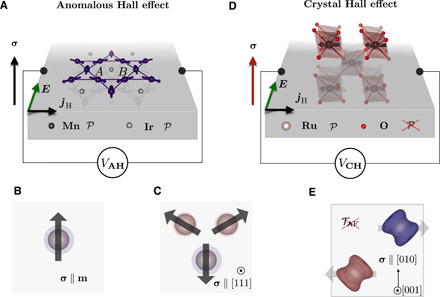Fig. 1. Anomalous versus crystal Hall effect and corresponding magnetization isosurfaces.

(A) Anomalous Hall effect due to a Hall vector (σ) generated by the noncollinear antiferromagnetic order (purple arrows) in Mn3Ir (Mn. dark spheres; Ir, gray spheres). Mn and Ir atoms occupy centrosymmetric sites. The conventional symmetry breaking mechanism in anomalous Hall effect in ferromagnets (B) (m marks the magnetization vector) or noncollinear antiferromagnets (C) can be captured by the spin structure of the magnetic ions only (black arrows). (D) Crystal Hall effect generated by collinear antiferromagnetism (black arrows) and arrangement of nonmagnetic atoms (Ru, light brown spheres; O, red spheres). While the crystal has an inversion center at the magnetic Ru atom, the nonmagnetic O atoms are at noncentrosymmetric positions. (E) In the case of the crystal Hall antiferromagnet, the complete magnetization density shape is required to capture the spontaneous symmetry breaking. In (B), (C), and (E), we illustrate magnetization density isosurfaces with projection along the [100] direction.
